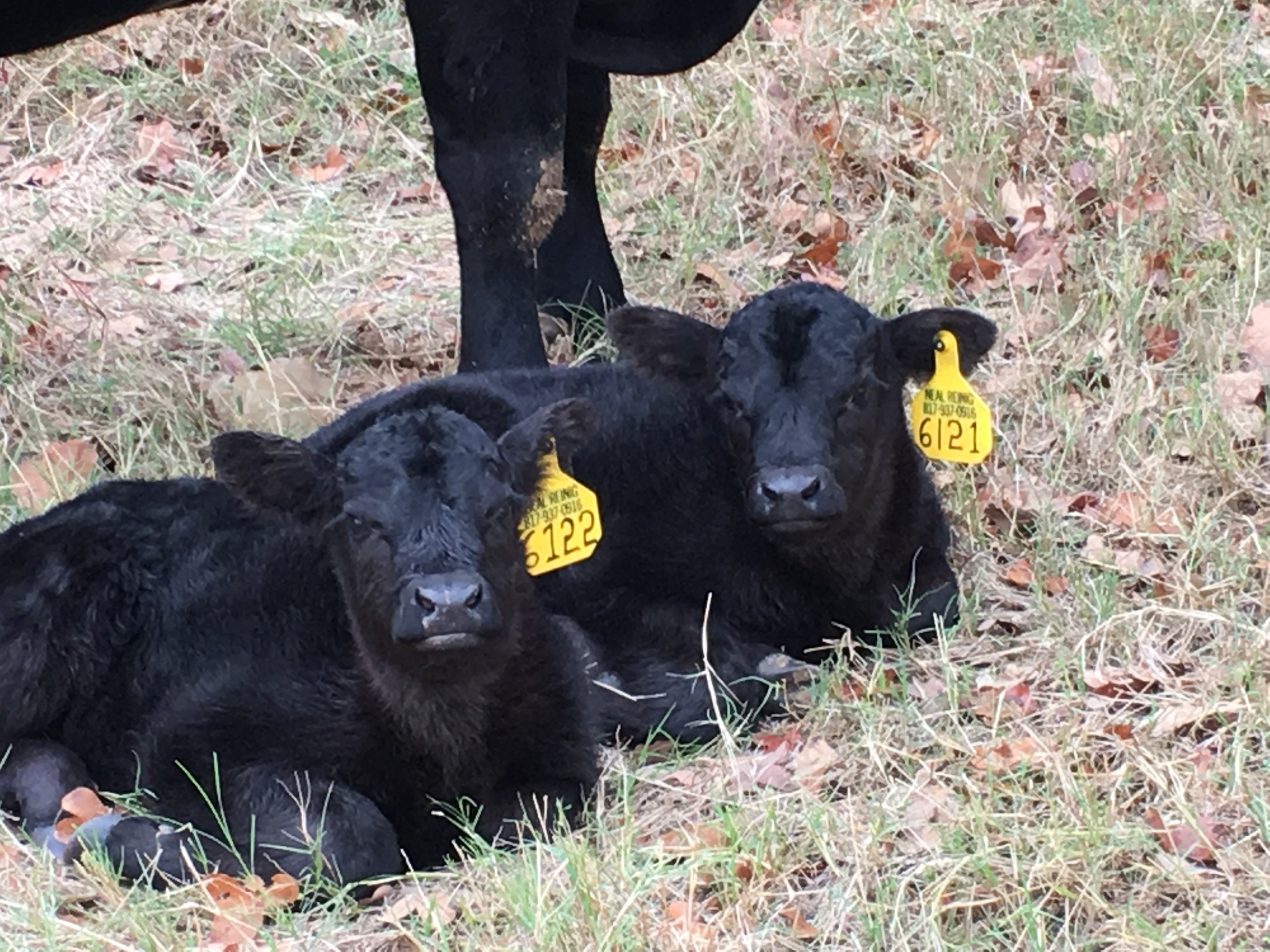Farm & Ranch
Meanwhile back at the ranch…

By Rayford Pullen
This spring calving in the middle of the winter is for the penguins. While I have mostly been an advocate of spring calving, calving in the fall when the temperatures are a lot milder is looking better and better all the time, but there’s just one catch, and that is you basically have to give up half a year’s calf crop to get it done, and it doesn’t make really good financial sense from that perspective to move calving from spring to fall.
I’ve been thinking a little about what’s going on in this cattle market, and I guess I’ll just keep on thinking about it because I have not come up with any answers. We now have a new president, and we are anxious to see what impact that will have on commodity markets as well as the stock market. There is one thing for sure and that is it will be different, good for some, bad for some, and neutral for others, about the way it has always been. We will just continue to do business as usual, looking for opportunities along the way and hoping we recognize them when they show.
Calving in the winter is certainly stressful from a temperature standpoint where temperatures can range from 10 to 75 degrees, and while we don’t expect any calving issues, we do try to keep a closer watch over our first calf heifers with the first check around 8 a.m. and the last check about 11 p.m. We try to keep them in traps near our routine high traffic routes so we can observe them several times per day.
To read more pick up a copy of the February 2017 NTFR issue. To subscribe call 940-872-5922.
Farm & Ranch
Hazards of Backyard Poultry

By Barry Whitworth, DVM
Having backyard poultry is a popular agriculture enterprise. According to the United States Department of Agriculture, 0.8 percent of all households in the United States have chickens. People keep chickens for a variety of reasons with table eggs being one of the more common reasons.
Unfortunately, some of these poultry producers are not aware of the hazards that come with keeping poultry because many times they carry pathogens but appear healthy.
Chickens are carriers of several zoonotic diseases. These are diseases that can be passed from animals to humans. According to a recent survey in Pennsylvania, a majority of backyard poultry producers were aware of the dangers of avian influenza. However, this study also revealed that far fewer producers were aware of the risk of possible exposure to Salmonella and Campylobacter.
The lack of knowledge about the hazards of raising poultry likely contributes to the continued issues of Salmonella outbreaks associated with backyard poultry. In 2023, the Centers for Disease Control and Prevention reported 1,072 illnesses of Salmonella linked to backyard poultry, and 272 of those patients required hospitalization. Oklahoma reported 43 individuals with the disease.
To read more, pick up a copy of the April issue of NTFR magazine. To subscribe by mail, call 940-872-5922.
Farm & Ranch
Ag Elsewhere: Wyoming

By Tressa Lawrence
Babies are tucked away in every nook and cranny. Many ranchers across Wyoming have baby animals popping up all over this time of year.
Farm & Ranch
Ag Elsewhere: Montana

By Lindsey Monk
Another load of grain in to keep feeding the calves until the green grass can really start popping.
-

 Country Lifestyles1 year ago
Country Lifestyles1 year agoScott & Stacey Schumacher: A Growth Mindset
-

 Equine7 months ago
Equine7 months agoThe Will to Win
-

 Country Lifestyles7 years ago
Country Lifestyles7 years agoStyle Your Profile – What your style cowboy hat says about you and new trends in 2017
-

 Country Lifestyles4 years ago
Country Lifestyles4 years agoAmber Crawford, Breakaway Roper
-

 HOME7 years ago
HOME7 years agoGrazing North Texas – Wilman Lovegrass
-

 Country Lifestyles7 years ago
Country Lifestyles7 years agoDecember 2016 Profile, Rusty Riddle – The Riddle Way
-

 Country Lifestyles8 years ago
Country Lifestyles8 years agoJune 2016 Profile – The man behind the mic: Bob Tallman
-

 Outdoor9 years ago
Outdoor9 years agoButtercup or Primrose?






